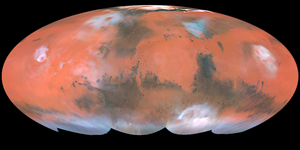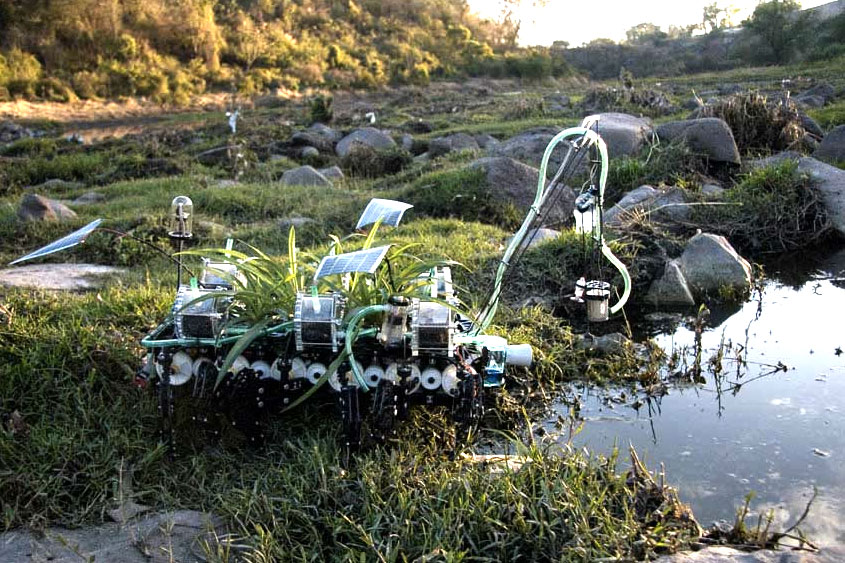
A cargo carrier designed for low Earth orbit could provide a cheap route to the red planet.
Dragon, the privately built space capsule intended to haul cargo and astronauts to the International Space Station? (ISS), is auditioning for another high-profile role. Its maker, SpaceX of Hawthorne, California, says that the capsule, which is set to make its first test flight to the ISS later this month, could be dispatched to Mars–drastically cutting the cost of exploration on the red planet. Together with researchers at the NASA Ames Research Center in Moffett Field, California, the company is working on a proposal for a first ‘Red Dragon’ mission.
In a presentation at a meeting of NASA science advisers in Washington DC on October 31, the group advocated repurposing Dragon and the SpaceX Falcon 9? launch rocket to send an ice drill that would look for life near the poles of Mars. The mission could launch as early as 2018 for a cost of $500 million, proponents say–well within the budget of NASA’s least-expensive class of planetary missions.
“These are initial ideas,” says James Green, head of NASA’s planetary-science division, who invited the presentation. Although NASA officials are cautious, the fact that the proposal was presented at all is telling in a time of tightening budgets.
Christopher McKay, principal investigator at Ames for the Mars proposal, called ‘Icebreaker’, says that the mission would target polar terrain where ice is present near the surface, similar to that probed by the Phoenix spacecraft in 2008. Capable of piercing Martian permafrost a metre thick, the robotic drill would retrieve samples for an onboard lab that would look for DNA and enzymes.
The most challenging part of any Mars mission is taking a spacecraft through the Martian atmosphere at high speed and then slowing it down to a soft landing. Proponents of the Red Dragon concept say that this could be done using the eight small rocket motors that will be added to the capsule for escape from the Falcon 9 rocket–a requirement for carrying humans, in case of an aborted launch. These motors would slow the capsule’s descent and allow it to land tail-first, says John Karcz, a space scientist at Ames who is leading NASA’s evaluation of the concept.
Scott Hubbard, an aeronautical engineer at Stanford University in California and a former Ames director, is sceptical, questioning whether the retro-rockets alone could decelerate the capsule. All previous Mars landers have used parachutes. He notes that a capsule designed to operate near Earth will need extensive changes to cope with the communications challenges and temperature extremes in interplanetary space. “All space is not the same, and deep space is quite different.”
Read more . . .
Bookmark this page for “Mars mission” and check back regularly as these articles update on a very frequent basis. The view is set to “news”. Try clicking on “video” and “2” for more articles.








